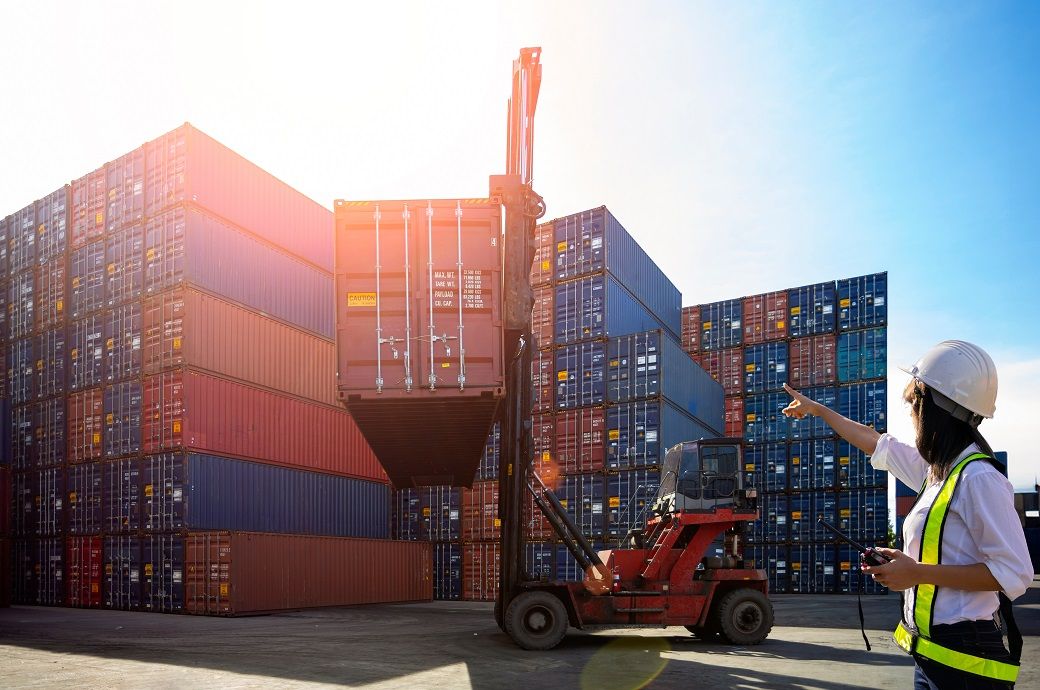
The rate of expansion was more pronounced later in September, reading in at 60.5 during the second half of September – which was up significantly from the reading of 55.9 early in the month. The drop can be largely attributed to slowdowns in the expansion of supply chain costs.
The LMI score is a combination of eight unique components that make up the logistics industry: inventory levels and costs, warehousing capacity, utilisation and prices, and transportation capacity, utilisation and prices.
Taken together, the three cost/price metrics were down 11.9 points in September, reading in at 195.66. This is the slowest rate of cost expansion since March and the second lowest in 2025.
The slowdown in logistics expansion is due to a declining rate of growth across the majority of the sub-metrics, with transportation utilisation down by 4.7 points to 50, which indicates no movement.
This is the first time a reading this low has been seen for transportation utilisation in September, which is generally a busy season in the freight market.
The slight negative freight inversion that began in August continued in September, with transportation prices dipping by 1.9 points to 54.2, which is just below 55.1 of transportation capacity (minus 2.2 points).
While transportation prices are still expanding, this is the lowest rate of growth tracked for this metric since April 2024, which was the last month of the most recent freight recession.
Inventory costs were high at 79.2.
Researchers at Arizona State University, Colorado State University, Florida Atlantic University, Rutgers University and the University of Nevada, Reno, and in conjunction with the Council of Supply Chain Management Professionals (CSCMP) issued the LMI report.
This slowdown is reflective of uncertainty in the overall economy, an official release said.
ALCHEMPro News Desk (DS)
Receive daily prices and market insights straight to your inbox. Subscribe to AlchemPro Weekly!